You’ve crafted a captivating headline, poured hours into research, and written a blog post that’s brimming with valuable insights based on input from your digital agency partner. But is your content structured in a way that search engines can truly understand?
Enter semantic HTML, your secret weapon for optimizing blog posts for SEO success. Beyond making your content more readable for humans, semantic HTML provides a clear roadmap for search engine crawlers, ensuring they grasp your content’s context, relevance, and key takeaways.
In this guide, we’ll walk you through the step-by-step process of using semantic HTML to elevate your blog posts and boost their visibility in search results.
The Importance of Semantic HTML for Blog Posts

Think of semantic HTML tags as labels that add meaning to your blog content. Just as you’d label different sections of a recipe (ingredients, instructions, tips), semantic HTML helps search engines understand the role of each piece of content on your page.
Semantic HTML matters because of the following reasons;
- Improved Search Visibility: By providing clear context and structure, semantic HTML helps search engines accurately index your blog posts and match them to relevant search queries.
- Enhanced User Experience: Clear headings, well-defined paragraphs, and organized lists create a more enjoyable reading experience, encouraging visitors to stay longer and explore your site further.
- Accessibility: Semantic HTML makes your content more accessible for users with disabilities who rely on assistive technologies like screen readers.
A Step-by-Step Guide to Semantic Blog Optimization
Now that we understand the why behind semantic HTML, let’s roll up our sleeves and explore exactly how to apply it to your blog posts.

- The Main Heading (H1)
- Your heading tags begin with the H1 which is the title of your blog post. It should be concise, compelling, and accurately reflect the content’s main topic.
- Use your target keyword in the H1, but prioritize natural language and avoid keyword stuffing.
- Example:
- Poor H1: Blog Post About Hiking
- Better H1: 7 Must-Try Hiking Trails in Nigeria
- Subheadings (H2, H3, etc.)
- Break your content into logical sections using H2 headings. These should represent subtopics or key points within your blog post.
- Use H3s for further breakdowns of H2 sections (if applicable).
- Include relevant keywords in your subheadings, but prioritize readability and clarity.
- Example:
- H2: Preparing for Your Hike
- H3: What to Pack in Your Hiking Backpack
- H3: Essential Safety Tips for Hiking
- Paragraphs (<p> Tag): Use the <p> tag to enclose each paragraph of text. This clearly delineates distinct ideas and improves the readability of your blog post.
- Lists (<ul>, <ol>)
- Use unordered lists (<ul>) for items that don’t require a specific order (e.g., a list of tips).
- Use ordered lists (<ol>) when the sequence of items is important (e.g., step-by-step instructions).
- Images (<img> Tag): Always include descriptive alt text (alt attribute) for images. This describes the image to visually impaired users and provides context to search engines.
Additional Tips
- <blockquote> for Quotes: Use the <blockquote> tag to emphasize quotes or external excerpts.
- <figure> and <figcaption> for Captions: These tags help structure and describe images or diagrams within your blog post.
Optimise your Blogs with Edens Digital, Rank Higher on Search
Optimizing your blog posts with semantic HTML is a relatively easy yet highly impactful way to boost your SEO efforts. By providing clear structure and meaning to your content, you’ll improve its visibility in search results, enhance the user experience, and contribute to a more accessible and inclusive web. Remember, it’s about working smarter, not harder – let semantic HTML do the heavy lifting for your blog’s SEO success.
Need Help Optimizing Your Blog Content?
At Edens Digital, we specialize in content strategy and SEO. Contact us today to discuss how we can elevate your blog’s visibility and drive more traffic to your website.
And if you’re looking to master all aspects of semantic HTML for SEO, our pillar page covers everything from core tags to best practices and beyond. You can find it here: Semantic HTML for SEO: Best Design Practices for Websites in 2024




